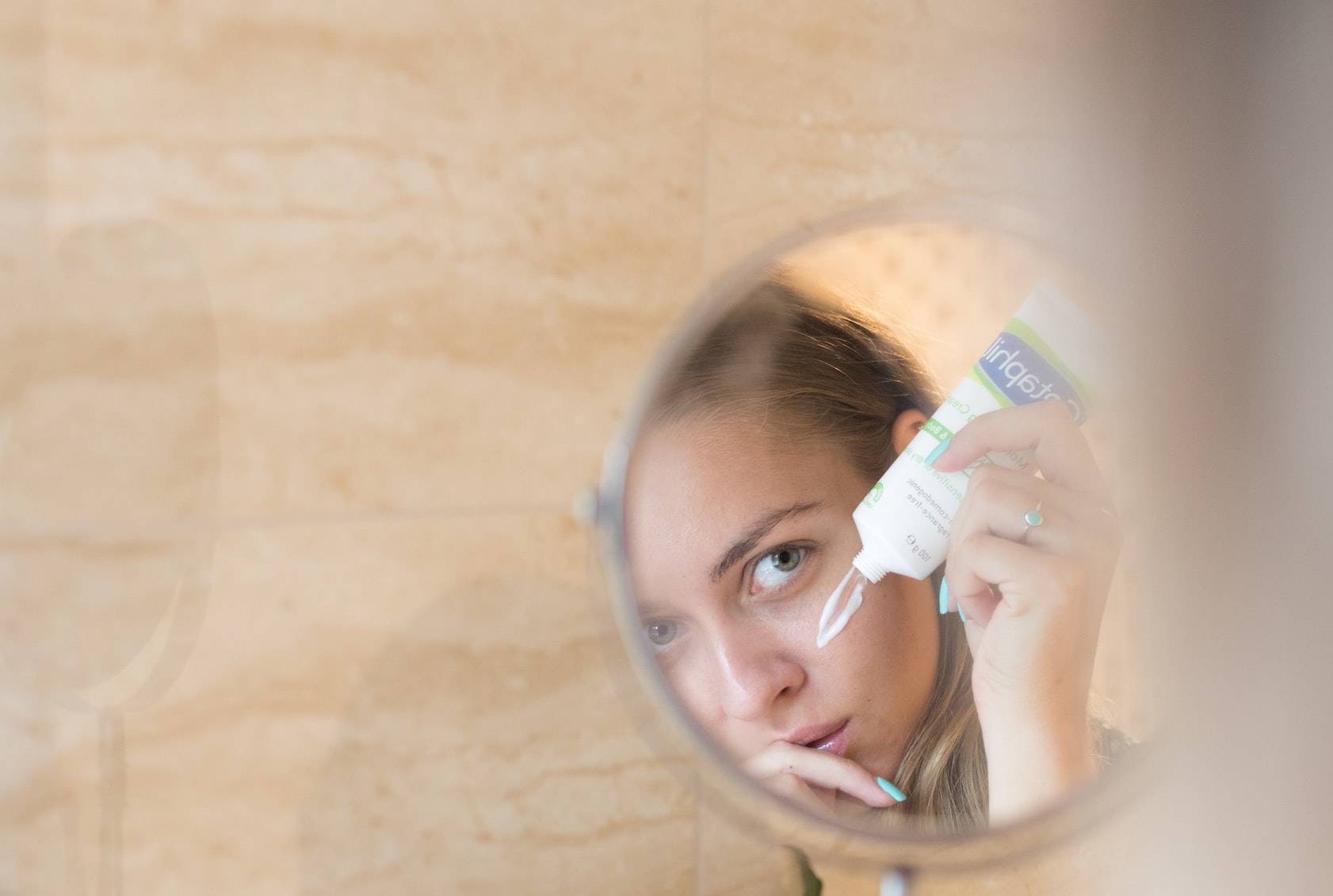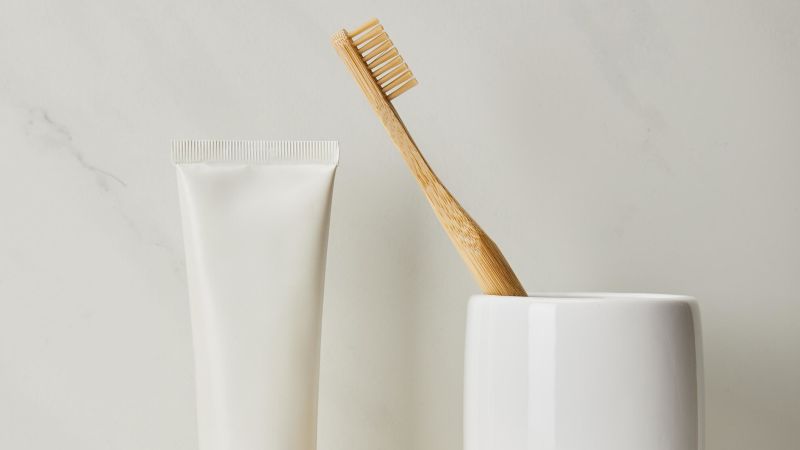On 28 April 2023, the United Kingdom (UK) notified the World Trade Organization (WTO) of a draft amendment to the Cosmetics Regulation 1223/2009, as applicable in Great Britain (i.e., England, Wales, and Scotland).
Methyl-N-methylanthranilate (M-N-MA) (CAS No 85-91-6)
The fragrance ingredient, Methyl-N-methylanthranilate, is included in Annex III/321 (list of substances which cosmetic products must not contain except subject to the restrictions laid down)
- 0.1% max. in leave-on products but not to be used in sunscreen products and products intended for exposure to natural or artificial UV light.
- 0.2% max. in rinse-off products.
- In both cases: Do not use with nitrosating agents, Maximum nitrosamine content: 50 µg/kg, Keep in nitrite-free containers.
HAA299 (CAS No 919803-06-8)
Bis-(Diethylaminohydroxybenzoyl Benzoyl) Piperazine (HAA299) is included in Annex VI/33 (list of UV filters allowed in cosmetic products).
- 10% max.
- In case of combined use of Bis-(Diethylaminohydroxybenzoyl Benzoyl) Piperazine and Bis-(Diethylaminohydroxybenzoyl Benzoyl) Piperazine (nano), the sum shall not exceed 10%.
HAA299 (nano) (CAS No 919803-06-8)
Bis-(Diethylaminohydroxybenzoyl Benzoyl) Piperazine (nano)/ HAA299 (nano) is included in Annex VI/34 (list of UV filters allowed in cosmetic products).
- Only nanomaterials having the following characteristics are allowed:
- Purity ≥ 97 %,
- Median particle size D50 (50 % of the number below this diameter): ≥50 nm of number size distribution.
- Not to be used in applications that may lead to exposure of the end user’s lungs by inhalation.
- In case of combined use of Bis-(Diethylaminohydroxybenzoyl Benzoyl) Piperazine and Bis-(Diethylaminohydroxybenzoyl Benzoyl) Piperazine (nano), the sum shall not exceed 10%.
Timeline:
- Restrictions on Methyl-N-methylanthranilate: products not in accordance with the new changes will not be able to be placed on the market on or after 6 July 2024, however, a transition provision will allow them to be made available until 6 July 2026, after which any supply will be unlawful.
- Restrictions on HAA299 and HAA299 (nano) will enter into force on 28 July 2023.
References:
World Trade Organization (WTO) – Committee on Technical Barriers to Trade – G/TBT/N/GBR/61, 28 April 2023






